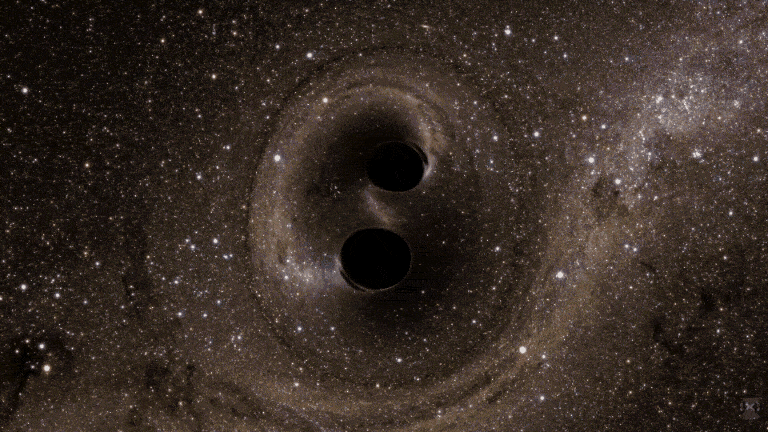On September 14, 2015, the world of physics changed forever when scientists at LIGO (Laser Interferometer Gravitational-Wave Observatory) detected gravitational waves for the first time. This monumental discovery confirmed a century-old prediction by Albert Einstein, made in his general theory of relativity. The gravitational waves came from two massive black holes colliding over a billion light-years away. Their violent merger sent ripples through the very fabric of space-time, reaching Earth and shaking up our understanding of the universe.

A New Era in Astronomy
LIGO’s detection opened up a new window for exploring the cosmos. For the first time, astronomers could observe cosmic events by listening to the vibrations of space itself, not just by looking at light. This breakthrough has led to more discoveries about black holes, neutron stars, and the origins of the universe. The confirmation of gravitational waves not only proved Einstein right but also energized the scientific community to pursue even deeper cosmic mysteries.
What Comes Next?
With gravitational wave astronomy, researchers continue to unveil secrets of the universe that were once thought impossible to detect. Each new detection provides fresh insights into the most powerful and mysterious events in the cosmos, ensuring that Einstein’s legacy lives on in every discovery.
Sources:
Source
















